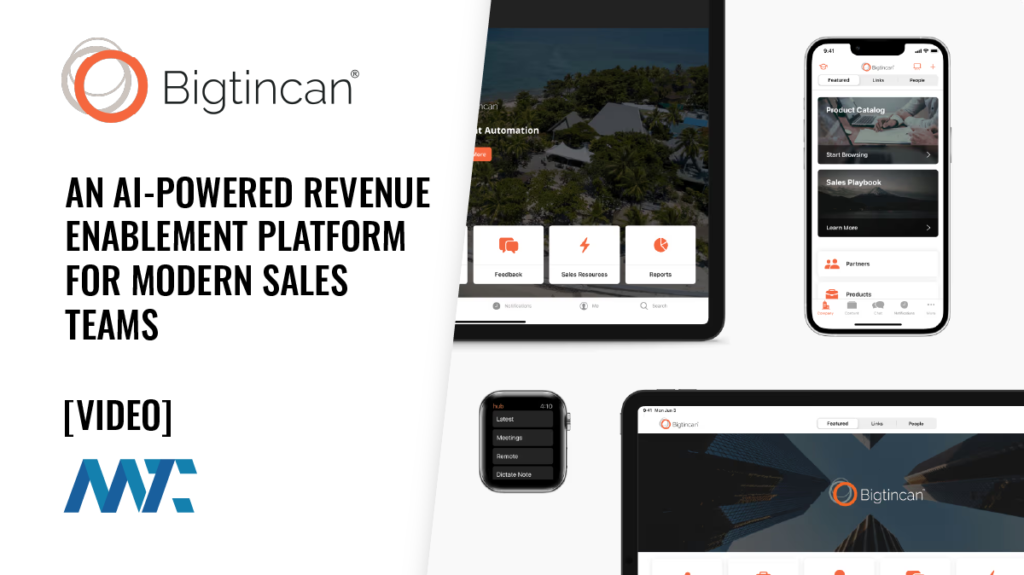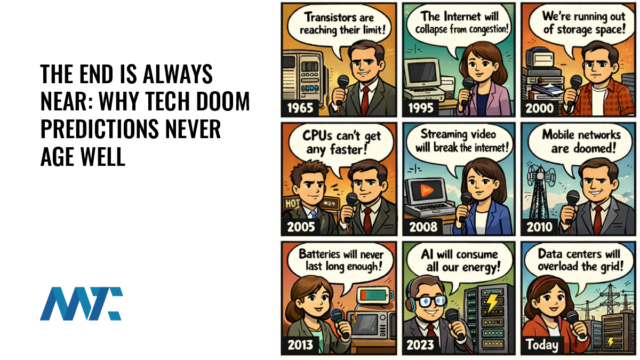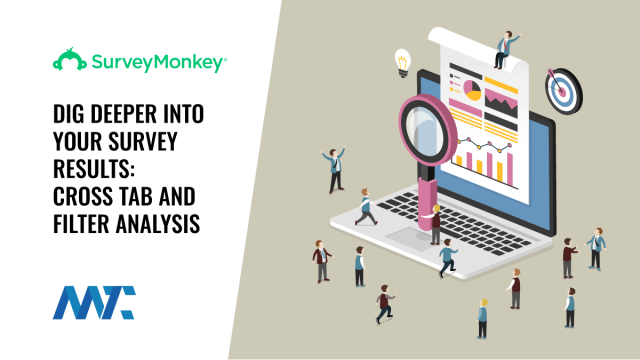7 Best Companies Specializing in Software Project Rescue

When a marketing department’s current software development partner proves unable to deliver because of missed deadlines, ballooning costs, unstable integrations, or misaligned priorities, it’s crucial to act quickly and strategically. A faltering software initiative can put your budget, timeline, and data integrity at risk and erode confidence across the board.
In these scenarios, it’s often best to disengage safely from the failing partner and transition to a proven rescue firm that specializes in salvaging and completing projects efficiently. Many organizations choose this route when they lack deep internal engineering resources and need expert help to preserve their investment and bring the project to a successful completion.
We’ve developed this guide with the assistance of the software development services and project rescue experts at Onix Systems. They excel in auditing, stabilizing, and completing struggling software projects across multiple platforms—from Google Cloud and Microsoft Azure to AWS and LAMP stacks—backed by full-cycle custom development capabilities.
This article outlines how to switch vendors midstream safely, fast-track project completion affordably, and presents the seven best companies specializing in software project rescue, each offering strong platform coverage and expert methodologies.
Table of Contents
Why Software Development Now Drives Marketing, Sales, and Every Aspect of Growth
What was once the exclusive domain of software companies has now become a universal business imperative. From B2B service providers to brick-and-mortar retailers, virtually every company is undergoing some degree of digital transformation. This isn’t merely about having a website or CRM—it’s about building integrated, intelligent systems that allow businesses to market smarter, sell faster, and operate more efficiently. Software development is no longer optional. It’s a growth enabler, a revenue driver, and often the differentiator between market leaders and everyone else.
From isolated tools to integrated ecosystems
In the early 2000s, marketing and sales departments primarily relied on off-the-shelf desktop tools or standalone SaaS platforms—email marketing, CRMs, spreadsheets, and analytics dashboards. Today, the demands are vastly more complex. Companies require custom integrations across platforms like Salesforce, HubSpot, Shopify, ERP systems, and cloud infrastructure. They need middleware that moves data in real time, APIs that power third-party partnerships, and automation logic tailored to unique operational needs.
This level of customization increasingly calls for proprietary development—whether via in-house teams, contracted agencies, or external development firms. And it has shifted software engineering from being a support function to a core strategic competency, especially in marketing and revenue operations.
The automation and intelligence layer: AI is now foundational
Where automation once meant a Mailchimp drip campaign or a Zapier workflow, it now means real-time personalization engines, predictive sales routing, generative content pipelines, and AI-enhanced customer segmentation. Marketing and sales workflows are being reengineered to include:
- Data normalization and enrichment across disparate platforms
- Behavioral scoring and lead prioritization using machine learning
- Hyper-personalized content creation powered by large language models
- Automated outbound sequencing across email, LinkedIn, and SMS
- Conversational AI agents for qualification, support, and nurturing
These use cases demand not just tools, but engineered solutions. And as AI capabilities advance, the need for agentic AI—autonomous agents that can perceive, reason, act, and adapt—is becoming critical. Businesses are beginning to orchestrate multi-step campaigns and decision flows where AI doesn’t just support human action but initiates and refines actions based on real-time data and feedback.
Deploying such systems requires custom development, robust integration, and AI-safe architecture. For most companies, that’s not a plug-and-play task—it’s a major software initiative.
Marketing and sales have become software-driven disciplines
Modern CMOs and CROs are no longer just creative or relational leaders. They’re increasingly responsible for the MarTech stack, the data model, and the automation architecture that powers revenue. This convergence of marketing, sales, and software development explains why failing software projects have such high stakes.
When a CRM integration fails, campaigns stall. When a personalization engine misfires, conversion rates plummet. When a data pipeline breaks, attribution becomes guesswork. And when AI agents are misconfigured or poorly trained, they can erode customer trust in seconds.
That’s why companies—especially those not born as tech companies—are investing in software development at unprecedented scale. And it’s also why getting it wrong can be so costly.
When Ambition Collides with Capacity: The Tug-of-War Inside Marketing Departments
Marketing departments are not resourced like product engineering teams. Instead, they find themselves in a constant tug-of-war—juggling long-term brand strategy with short-term campaign execution, creative output with data accountability, and cross-channel orchestration with platform integration.
Modern marketing leadership sits at the center of a complex lattice of priorities:
- Developing omnichannel content strategies
- Managing martech stacks and vendor relationships
- Analyzing and attributing performance across multiple pipelines
- Enabling personalization at scale
- Collaborating with sales on revenue goals
- And now, implementing AI systems and automation frameworks
Yet the internal teams assigned to accomplish these objectives often resemble a patchwork. A typical mid-sized marketing department may have:
- A marketing manager or director leading operations
- One or two content or design professionals
- A performance marketer managing ad channels
- A CRM specialist or marketing automation manager
- Possibly a fractional data analyst or contractor
What’s typically missing is any in-house software architect, backend engineer, DevOps resource, QA specialist, or AI integration lead—roles that are essential for building or maintaining enterprise-grade systems. Even companies that operate in agile sprints for marketing initiatives rarely have access to true agile software development teams that can handle iterative development, integration testing, code reviews, and CI/CD deployments.
This structural gap leads many marketing teams to turn to outside partners. The most common path is hiring a digital agency or a martech consultancy—partners who understand campaign needs, brand standards, and sometimes even CRM workflows. These agencies are often excellent at strategy, design, and frontend execution. However, when it comes to deep backend integrations, cross-platform data syncing, scalable infrastructure, or AI deployment, they often find themselves out of their depth.
The result? Projects that are scoped optimistically but fail to materialize. Timelines slip. Budgets balloon. Technical debt piles up behind sleek mockups. And in the absence of internal development literacy, marketing leaders struggle to diagnose what’s wrong, let alone fix it.
This is how so many promising initiatives—lead scoring engines, headless CMS rollouts, ABM personalization platforms, generative content systems—wind up stuck in limbo. Agencies overpromise. Internal teams lack the means to course-correct. And what began as a strategic investment in competitive growth becomes a sunk cost.
Why companies sometimes need to walk away—and how to do it safely
Software projects go off the rails for various reasons: muddy scope, poor governance, weak architecture, lack of QA discipline, or vendor turnover. When delays and rework multiply, it’s sometimes more efficient to disengage and pivot with a rescue team that brings clarity and control.
To disengage safely:
- Conduct an independent audit of code, architecture, integrations, documentation, and dependencies.
- Clarify what must ship now vs. what can be deferred.
- Ensure data accuracy and integration stability before handover.
- Secure IP, repository access, and documentation continuity.
- Prepare a structured governance plan with sprint milestones, QA checkpoints, and transparent deliverables.
How to onboard a rescue firm quickly and cost-effectively
Once you vet a capable rescue firm:
- Begin with a discovery audit (typically 1–3 weeks) to produce a recovery plan, gap analysis, and MVP roadmap.
- Negotiate a phased contract: audit → core delivery under fixed cost or hybrid agreement → optional enhancements.
- Align on agile processes, CI/CD pipelines, automated testing, and rapid communication rhythms.
- Leverage retained in-house domain expertise—QA, product, analytics—to shorten ramp-up.
- Focus the first release on the essentials. Defer secondary features to later phases.
7 Best Companies Specializing in Software Project Rescue
Below are seven exceptional firms that specialize in rescuing off-track software projects. Each brings proven methodologies, full-stack technical expertise, and experience across diverse platforms and industries. Our company, Onix Systems, is listed second as requested.
1. Above The Fray
Above The Fray offers a structured rescue methodology that begins with a full audit and recovery roadmap. Specializing in AWS, Microsoft Azure, LAMP stacks, and e‑commerce integration, their team of solution strategists, architects, and developers will pick up where the previous vendor left off and drive to completion.
2. Onix Systems
Onix Systems excels at rescuing complex mid‑project or underperforming initiatives across Google Cloud, Microsoft Azure, AWS, and traditional LAMP stacks. Their team swiftly audits existing infrastructure, defines a refined MVP roadmap, and accelerates delivery through DevOps, AI-driven QA, and full-cycle engineering—while preserving your prior investment.
3. Moravio
Moravio is a dedicated rescue partner for troubled software initiatives. Their process includes deep diagnostics, agile realignment, refactoring, and revitalization across open‑source and enterprise stacks. With a return customer rate of roughly 90%, Moravio teams thrive on projects that need structure and visualization restored.
4. Smart IT
Smart IT specializes in rapid interventions—performing risk assessments, redistributing resources, and modernizing architecture across Azure, AWS, Node.js, React, and MS‑SQL. They emphasize fast delivery, quality stabilization, and minimal downtime through measurable outcomes.
5. Radixweb
Radixweb brings enterprise-grade rescue capability with certified teams experienced in custom software development, .NET, SQL Server, Azure, Google Cloud, and AWS. They deliver recovery plans, timelines, and maintenance support to bring troubled projects to successful completion.
6. ENO8 Ventures
ENO8 is a Dallas-based innovation studio known for evaluating stalled software initiatives, triaging issues, aligning business needs, and executing recovery. Their service spans AWS, Azure, Java, PHP, Node.js, and mobile stacks—designed to rescue projects at any stage of development.
7. ASD Team
ASD Team’s Software Project Rescue service is targeted at small and mid-sized businesses. They specialize in quickly diagnosing root causes, rebuilding or realigning development workflows, and delivering stable software across Google Cloud, Kubernetes, Azure, AWS, and LAMP environments—with a lean, adaptive methodology.
Platform Expertise Across The List
| Platform / Stack | Rescue Firms |
|---|---|
| Microsoft Azure / .NET | Onix Systems, Radixweb, Smart IT |
| Amazon Web Services (AWS) | Above The Fray, Onix Systems, ENO8 |
| Google Cloud Platform (GCP) | Onix Systems, ASD Team |
| LAMP / Open‑source stacks | Above The Fray, Moravio, ASD Team |
| Node.js, React, Mobile | Smart IT, ENO8, ASD Team |
Steps to disengage from a failing vendor and onboard your rescue firm
First, pause development and preserve all artifacts—secure code repos, documentation, and stop new feature changes. Then:
- Engage a rescue firm for a discovery audit.
- Compare rescuing the existing stack vs. replatforming or refactoring.
- Negotiate a phased engagement model with audit, MVP delivery, and optional enhancements.
- Coordinate a parallel handover period with the prior and new teams collaborating.
- Introduce agile governance, sprint planning, CI/CD, automated testing, and performance benchmarks.
- Monitor code health, integration points, and data accuracy through structured QA.
- Define clear milestone-based payments tied to deliverable outcomes rather than time.
Why hiring a rescue firm is smarter, faster, and more cost-effective
Continuing with a failing vendor often means escalating costs, wasted hours, and poor feature execution. Rescue partners bring disciplined processes—fixed cost scoping, agile delivery, quality checkpoints, and transparent communication—that reduce rework and waste. They help you regain momentum, meet target launch dates, and stay within budget, often faster and at lower total cost than continuing with the original team.
Key compliance and transition best practices
Ensure IP ownership and repo access are secure, and that NDAs or exit clauses protect handover clarity. Keep internal product or QA staff involved to reduce re-ramp time. Use a shadow phase to overlap teams for knowledge transfer. Document walkthroughs to speed onboarding and minimize miscommunication.
Final Takeaway
Walking away from an underperforming development engagement is never easy—but doing so swiftly can save time, money, and product credibility. By conducting a proper audit, securing artifacts, and partnering with a specialized rescue firm like Onix Systems or its peers—Above The Fray, Moravio, Smart IT, Radixweb, ENO8, or ASD Team—you can reboot your software initiative with speed, discipline, and elevated quality.
Onix Systems stands out for its full‑cycle rescue capability on AWS, Google Cloud, Azure, and LAMP. If you’re navigating mid-project distress or unsure how to recover from missed milestones, evaluating Onix alongside the firms above can give you the clarity and expertise to launch confidently.







